Freeze Frame Opera Launch ★★★★
Opera is dead, scaremongers have been saying for years. Yet Perth is witnessing an operatic renaissance, and recently a company was launched, the third new one in six years. The emergence of these organic, grassroots organisations is all the more remarkable given the devastation inflicted on small-to-medium arts sector by government funding cuts in May 2016.
These new companies are distinctive for their flexibility, open-mindedness, and their ability – despite Perth’s post-boom economic downturn – to attract a diverse, enthusiastic audience. But how has it happened? Is it due to the quality of the singers, the compact art scene, a nose for where to find money, or the WA entrepreneurial spirit?
Continue reading for only $10 per month. Subscribe and gain full access to Australian Book Review. Already a subscriber? Sign in. If you need assistance, feel free to contact us.


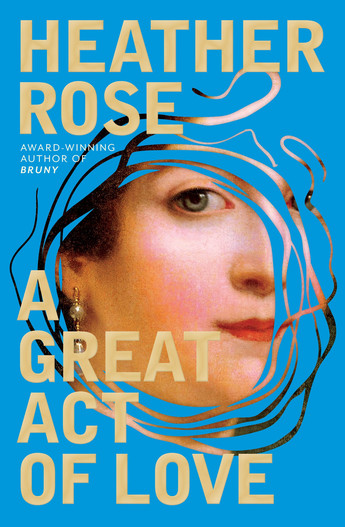
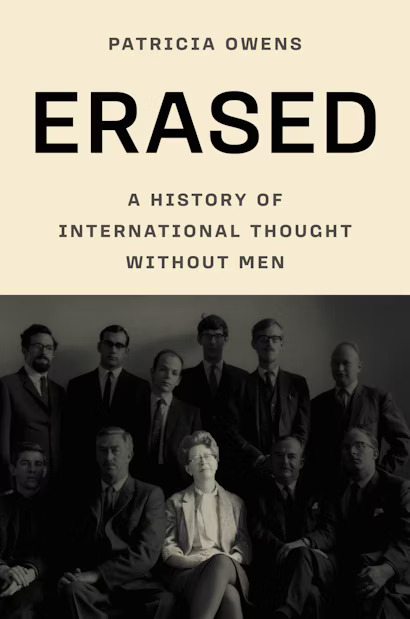
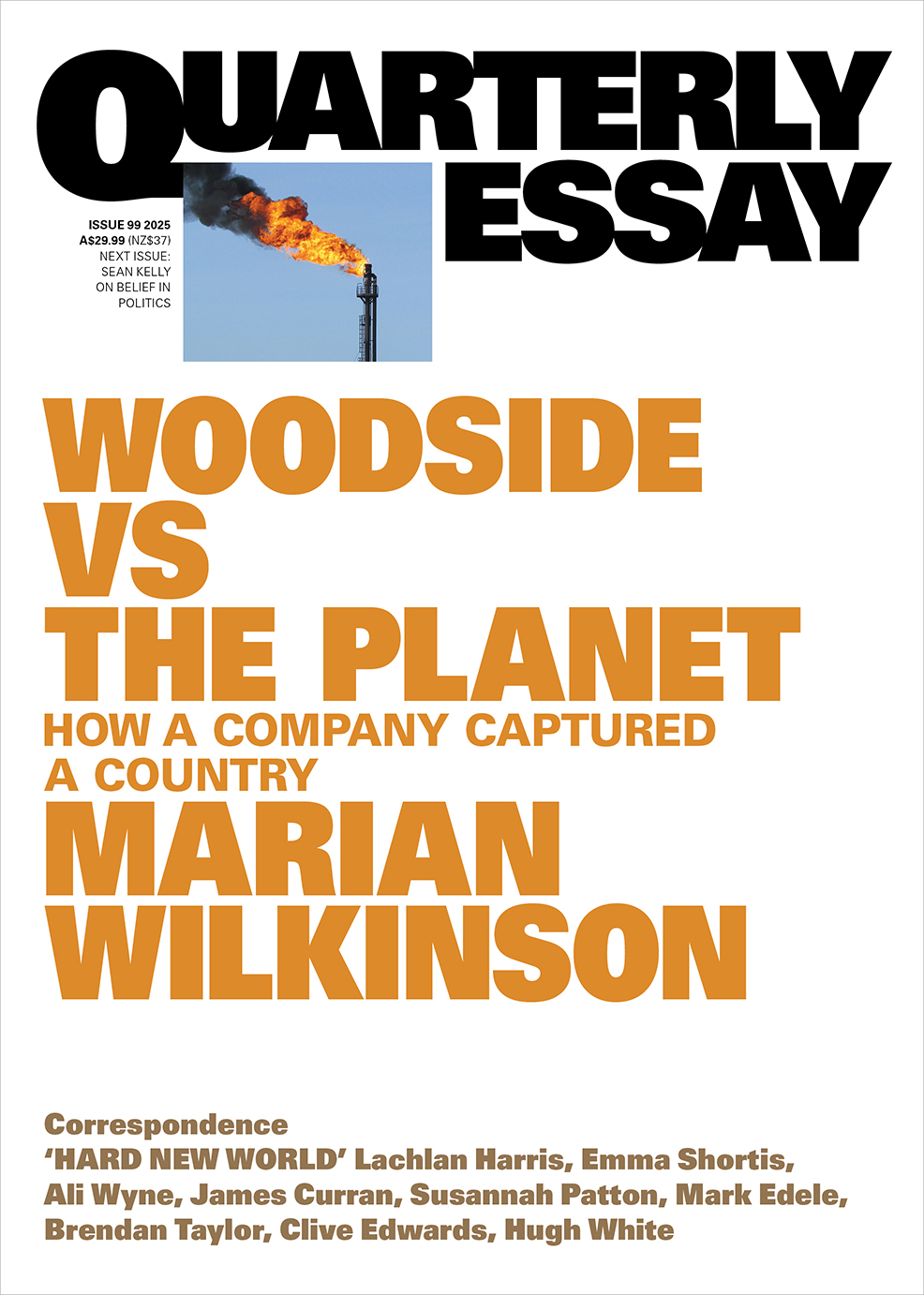
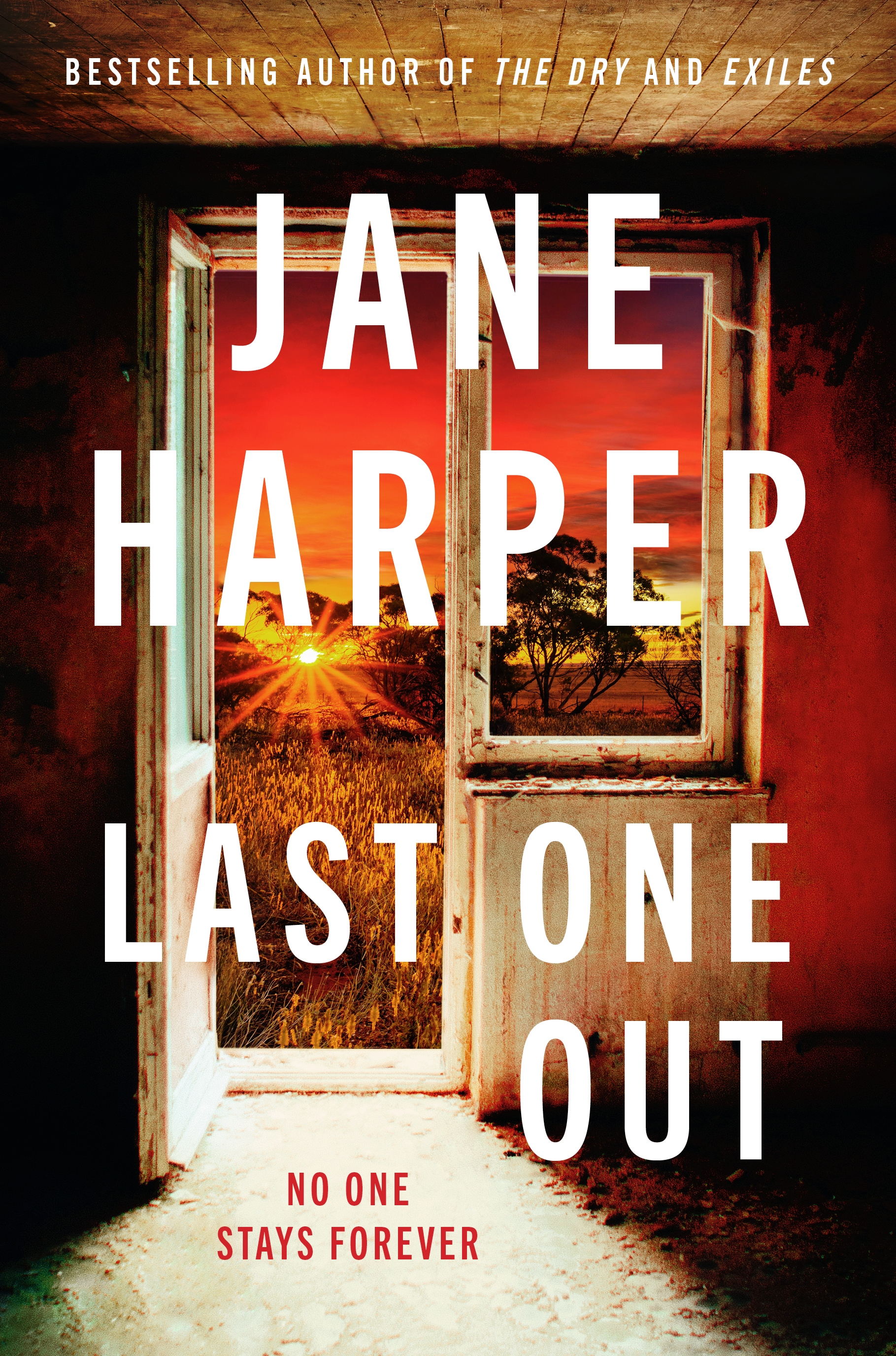
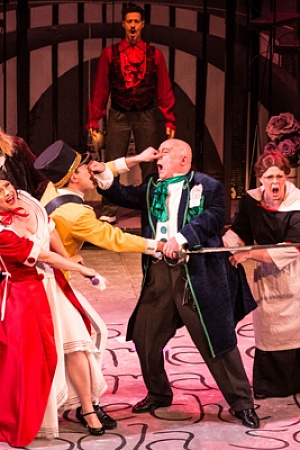
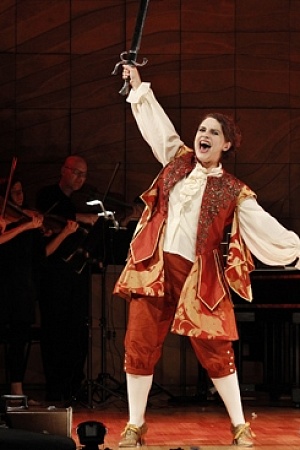
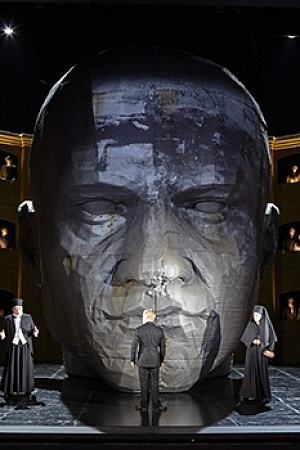
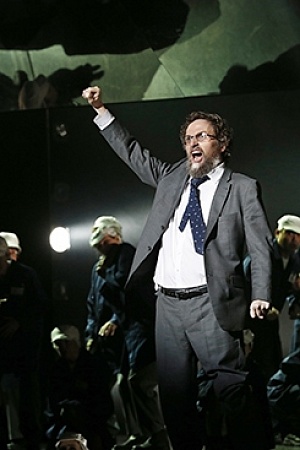
Leave a comment
If you are an ABR subscriber, you will need to sign in to post a comment.
If you have forgotten your sign in details, or if you receive an error message when trying to submit your comment, please email your comment (and the name of the article to which it relates) to ABR Comments. We will review your comment and, subject to approval, we will post it under your name.
Please note that all comments must be approved by ABR and comply with our Terms & Conditions.